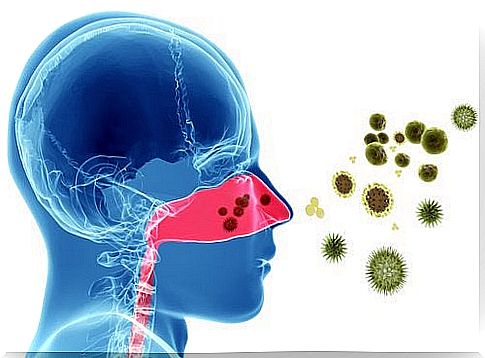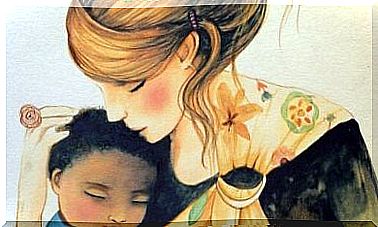Asthma Caused By Spring Allergy: A Problem That Has A Solution
Since asthma can be a symptom of spring allergy, to limit the risks it is careful to avoid situations where we may be exposed to sources of allergens.

Spring allergy is manifested by the presence of pollen in the environment. They can trigger inflammation of the bronchial tubes in people prone to allergies.
The concentration of pollen in the atmosphere can thus cause acute asthma attacks.
The differences between asthma and spring allergy
Asthma and allergy are two closely related conditions. The active ingredients of allergens, pollen for example, significantly affect asthma patients.
One of the main causes of asthma is that these allergens are also the triggers of asthma attacks in patients vulnerable to this disease.
The terms asthma and allergy cover two very different conditions.
- Asthma is a chronic disease that consists of inflammation of the bronchi. They become irritated and shrink while causing difficulty in breathing.
- In case of allergy, it is an immune or defensive response to different substances. This usually does not cause a reaction in most people.
The consequences of asthma
- Asthma is a disease which has great repercussions on health. It can become a real public health problem, due to the high mortality rates.
- The risk is high in children under 15 years old. Because it is a frequent disease during childhood.
- In addition, asthma caused by spring allergy is more common in children than in adults.
The importance of treatment
In anticipation of spring allergy, it is very important that asthma patients take the necessary precautions during this time of year, especially because of the pollen.
Experts warn that the drug should not interfere with the lives of people with asthma. Thus, the dose of these treatments must adapt to the daily life of each patient.
There is the widespread use of inhalers, which is the most common route of administration. In addition, they allow to adjust the appropriate dose and the most modern models allow a more simple and practical use.
Tips for controlling spring allergy and asthma

- It is necessary to know the pollen levels. As well as the forecasts for the inhabited area. Or for the place where the patient plans to travel.
- People vulnerable to asthma and spring allergy should avoid exposure, reduce excursions, walks in parks, etc.
Likewise, they should limit the time of exposure to the outdoors. Especially if the environmental concentrations can cause symptoms during this period.
- In the case of high levels of pollen in the environment, contact lenses should be avoided and a face mask should be worn.
- Houses should be well ventilated. The time when the risk of pollen entering the rooms of the house is the highest is in the evening.
- Check that the pollen filters in the car and in the air conditioning are working perfectly.
Diagnosis of asthma
Asthma can be diagnosed by specific tests, through which an analysis for air obstruction is carried out.
Among these tests, we measure respiratory function, bronchodilatation, bronchial hyper-reactivity tests, skin studies and analyzes, evaluation of allergenic principles in the blood, etc.
Treatment of asthma

The first step in treating asthma is to control the substances that cause the so characteristic “asthma attack”. Contact with allergens should be minimal.
There are medications that can be used to alleviate the symptoms of an asthma attack. They are called symptomatic drugs.
They do not have the ability to remove the cause of the disease. But these drugs help alleviate the symptoms.
The drugs used can be of two kinds:
- Those used chronically serve to reduce the inflammation of glucose and prevent asthma attacks.
- There are also medicines to treat acute attacks of spring allergy, such as corticosteroids, bronchodilators, theophyllines, etc.
Allergy vaccines and immunotherapy
These well-known vaccines consist in gradually injecting the patient with doses of the allergen in order to reduce or eliminate his sensitivity.
In this way, posterior asthmatic reactions can be avoided or minimized.
- Treatment lasts between 3 and 5 years in most cases.
This immunotherapy is generally used for cases of allergic asthma caused by sensitization to pollen, dust mites, epithelia or certain fungi.
- This treatment is the only one recognized by the WHO as being effective in modifying the normal treatment of allergy and asthma.









